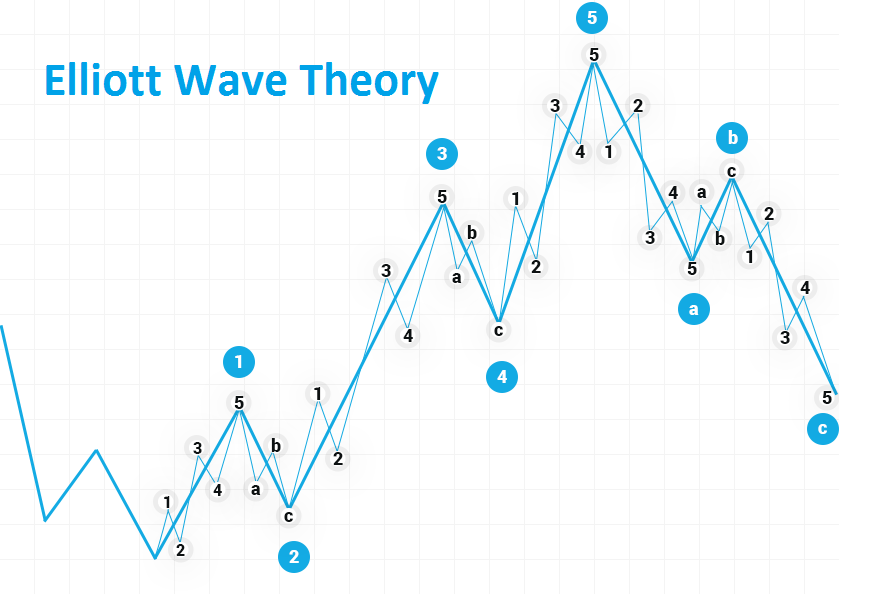What is the best method of analysis forex trading?
Fundamental analysis
Fundamental analysis is widely used to analyze changes in the foreign exchange market by tracking figures such as interest rates, unemployment rates, gross domestic product (GDP), and other types of economic data for countries. For example, a trader doing a fundamental analysis of the EUR / USD currency pair will find that information on interest rates in the Eurozone is more useful than in the United States. These traders also want to be up-to-date with all the important press releases from each euro area country to assess the relationship to the health of their economies.
Technical analysis
Technical analysis is carried out in the form of manual and automated systems. A manual system generally means that a trader analyzes technical indicators and interprets this data in a buy or sell decision. Automated trade analysis means that the trader "teaches" the software to look for certain signals and interpret them when executing buy or sell decisions. The advantage of automated analysis over manual analysis is that it is designed to remove behavioral economics from business decisions. Forex systems use past price movements to determine where a particular currency could go.
Weekend analysis
There are two basic reasons for a weekend analysis. The first reason is that you want to get the "big picture" of a particular market that interests you. Since the markets are closed on weekends and not in dynamic motion, you don't have to react to changing situations, but you can, as it were, ignore the landscape.
Forex market analysis application
It is important to think critically about the principles of forex market analysis. Below is a breakdown into four levels.
1. Understand the Drivers
Part of the art of successful trading is based on understanding the current relationships between markets and the reasons why those relationships exist. It is important to have a sense of causality and to remember that these relationships can and do change over time. For example, a recovery in equity markets could be explained by investors expecting an economic recovery. These investors believe that companies will generate better returns and therefore higher valuations in the future, so now is a good time to buy. However, speculation based on a flood of cash could add momentum and old greed drives prices until the biggest players are on board for sales to begin.
Therefore, the first questions we must ask ourselves are: Why do these things happen? What are the drivers of market actions?
2. Chart the Indexes
It is useful for a trader to draw the main indices of each market over an extended period of time. This exercise can help a trader determine the relationships between the markets and determine whether a movement in one market is inverse or coincides with the other. Gold, for example, hit record highs in 2009.1 Was this move due to the perception that paper money was depreciating so rapidly that a return to carbide was needed, or was it the result of a good dollar market that drove a commodity boom? The answer is that it could have been, as we saw earlier, market movements motivated by speculation.
3. Look for a Consensus in Other Markets
We can see whether or not the markets are reaching a consensus on a tipping point by trading other instruments on the same weekly or monthly basis. From there, we can use consensus to trade a spin-affected instrument. For example, if the USD / JPY pair indicates an oversold position and the Bank of Japan (BOJ) steps in to weaken the yen, Japanese exports could be affected. However, a Japanese recovery without a weakened yen is likely to be hampered Read More...



Comments
Post a Comment